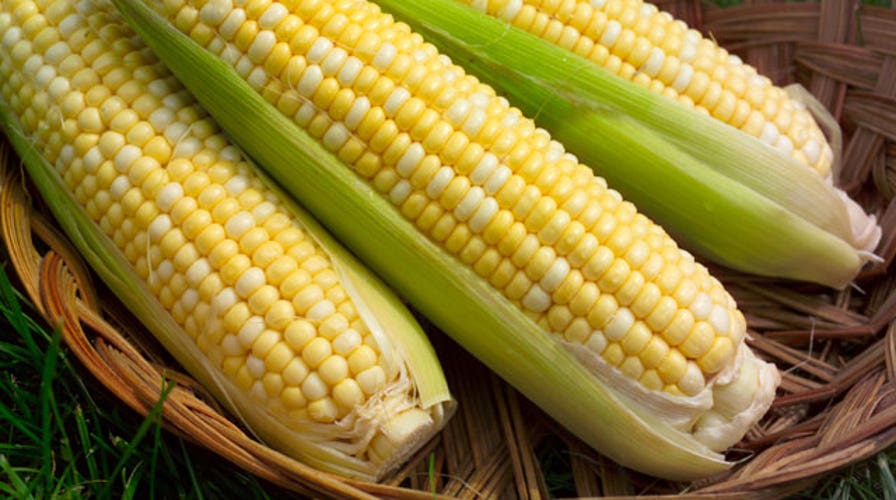Surprisingly sugary foods
Americans eat more than 32 teaspoons of sugar a day, which adds up to 70 pounds a year. You could be consuming much more throughout the day than you think. We talked with Brooke Alpert, registered dietitian and author of “The Sugar Detox,” about some sugar sabotaging foods
Think if you don’t have a sweet tooth then you don’t need to worry about how much sugar you’re consuming? Think again.
The truth isn’t so sweet. Sugar consumption is at an all time high, with Americans consuming 32 teaspoons of added sugar per day – and it’s not just from the corn syrup in packaged food and soda.
Sugar is in everything these days, and it’s even lurking in so-called healthy foods. Tomato sauces and marinades can be loaded with sugar. Think you were smart to choose a salad for lunch? Not so fast. Two tablespoons (or one serving) of most salad dressing can have upwards of 5 grams of added sugar, and if we’re being honest, no one ever uses just one serving. You may as well top your salad with rainbow sprinkles.
Nowadays, sugar goes by a variety of names, making it increasingly difficult to spot on nutrition labels. Becoming a “sugar detective” could make a huge difference in how well you feel and look. Be on the lookout for labels that say, “No sugar added” or “Contains only natural sugars.” Once digested, your body doesn’t know the difference between the fancy $12 bottle of organic, raw, agave syrup and the white stuff, and it will metabolize it all the exact same way.
Always read the ingredient list for any of the following ingredients that are disguises worn by sugar: agave syrup, brown rice sugar, brown sugar, cane sugar, caramel, corn sweetener, corn syrup, corn syrup solids, date sugar, dextrose, fructose, fruit juice concentrate, glucose, high fructose corn syrup, malt syrup, maple syrup, molasses, rice syrup, sucrose and turbinado.
When sugar is consumed in excess it can wreck havoc on your body. Here is a quick biochemistry lesson: When sugar is digested and absorbed as glucose in the bloodstream, a hormone called insulin is signaled to regulate how the glucose is used in the body. Ideally, glucose is taken up by the cells to be used as an energy source. When the body has excess glucose, it is stored in the liver and is eventually converted to fat. Because we are consuming too many refined carbohydrates, drinking sugary drinks and foods with added sugars, the body is on a constant sugar high with insulin fighting tirelessly to control the situation. In short, the more sugar we eat, the more insulin is released and the more fat we store.
The most important take away from this not-so-sweet lesson is to read the ingredient labels on all packaged foods. There are plenty of sauces, dressings and marinades that don’t contain any sugar; it just takes the extra step of looking for them.
Next, make the switch. Instead of eating flavored yogurt, opt for plain yogurt and add in your own berries, vanilla and cinnamon. All are loaded with flavor without the sugar. If you drink alcohol, opt for red wine over beer or any mixed drinks. While it still contains sugar, it’s also loaded with healthy antioxidants. While all produce is healthy for you, certain ones have more sugars in them than others. Opt for apples, berries and citrus fruits for low sugar fruit options and stick to green leafy veggies as well as cauliflower, peppers and zucchini over peas, potatoes and corn.
Last, if you do want something sweet to eat, opt for dark chocolate with more than 65 percent cocoa content. Low in sugar and high in heart healthy antioxidants, dark chocolate can satisfy your sugar craving.
Brooke Alpert, MS., RD., CDN is a registered dietitian with a private nutrition counseling practice called B Nutritious in NYC. She is the co-author of The Sugar Detox (Da Capo, 2013).

